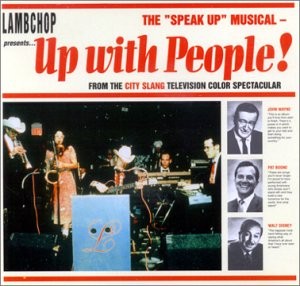
As much as every agency obsesses about their briefing document, there's really so much more to it than the words written on whatever Word template you're using.
For all the intelligence, thought and labour that can go into creating the briefing document, we all have to remember that there's a human being on the other end of that doc: one who may not realize how clever you've been, or who may not understand that your efforts are supposed to inspire them to write a great brief, or who hasn't been trained in dealing with the doc, let alone the art of writing a great brief.
Thanks to my freelance era, I've worked with many of the agencies in Toronto. I've found that most agencies have similar anxieties around the subject of their culture – we all want to be different and special, after all – and have created by and large similar processes and documents to articulate it.
So, another way of looking at the briefing document is as a vehicle for capturing a snapshot of an advertising culture as it begins a particular job. And as much as that culture can live across an entire agency, it's much more likely, in my experience, to be embodied within an individual team. If your account director and creative director are committed to the work, they will be committed to the brief, and that's a crucial starting point. But similarly throughout the team, everyone has to understand the commitment – that great creative starts only with a brief that inspires that process to happen.
What matters is the vision of the person writing the brief.
What matters is the advice, patience and discipline of the people approving the brief.
What matters is the questioning of it – and subsequent faithfulness to it – by the team you're briefing.
What matters is the dedication of everyone to the idea that the brief is foundation upon which everything is built, the roadmap for the journey you're about to embark on. If it changes, everything which follows is open for change.
Which I guess is the long-winded way of saying, again, that people matter most.